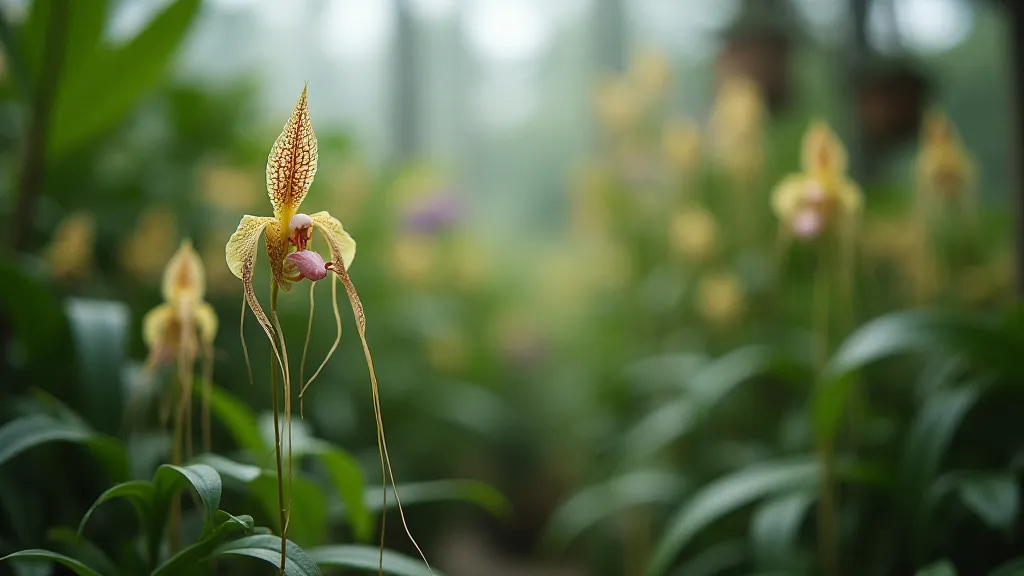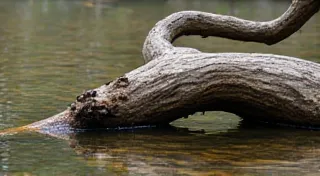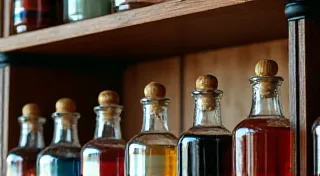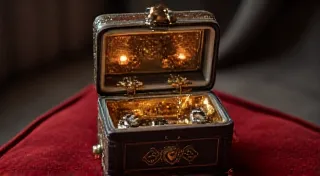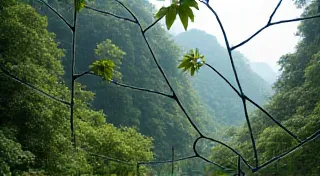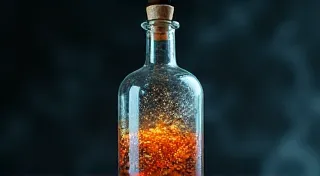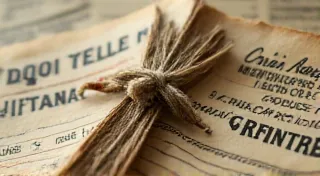The Alchemist's Palette: Orchid Propagation and the Subtle Art of Transformation
There's a certain melancholy beauty in witnessing an orchid cling to life. The way its roots, often described as aerial or pseudo-bulbs, reach not into soil but the very air, a desperate plea for sustenance – it's a microcosm of resilience, a silent testament to a plant’s will to endure. For those of us drawn to the more obscure corners of the orchid world – the Bulbophyllum with its bizarre floral acrobatics, the ghostly Dendrophylax lindenii, the Ghost Orchid, or the delicate Aeranthes arachneoides – propagation isn't merely a horticultural task; it’s a dialogue with nature, a form of alchemical transformation.
My own fascination began not in a pristine greenhouse, but in a forgotten corner of my grandfather’s garden. He was a collector of the unusual, a man who spoke to plants as if they were old friends. Among his treasures were a handful of Paphiopedilum orchids, some of the earliest orchids I ever encountered. They weren't showy, not in the way the Phalaenopsis are, but possessed a quiet dignity, a prehistoric aura. I remember watching him, years later, carefully dividing a mature specimen, explaining that propagation wasn’t just about splitting the plant; it was about understanding its nature, its *story*.
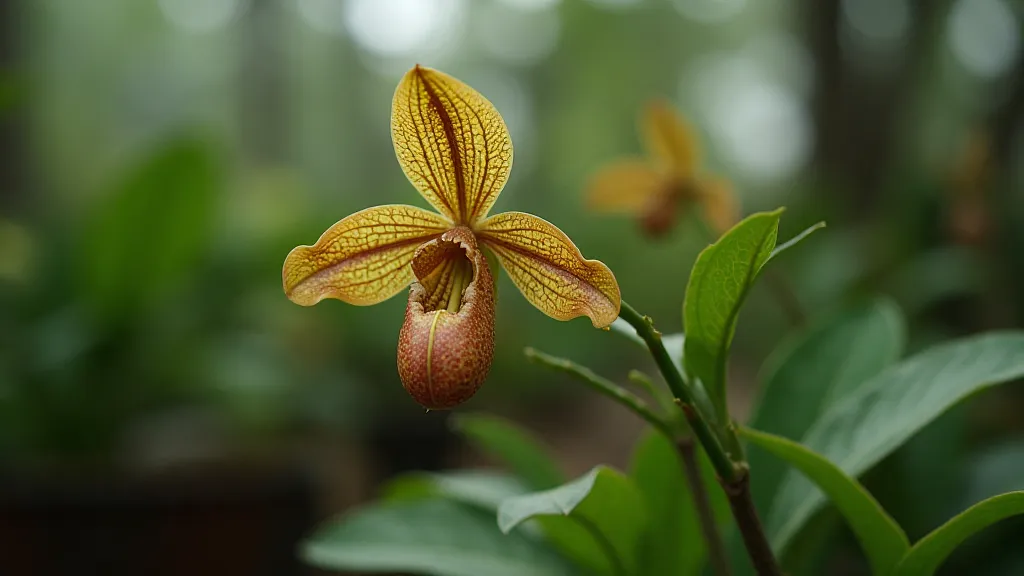
The Seeds of the Impossible: Orchid Reproduction in Miniature
Orchids present a unique challenge to the propagator. Their seeds are famously devoid of endosperm, the nutritive tissue that fuels germination in many other plant species. They’re, essentially, microscopic packages of potential, utterly reliant on external symbionts – fungi – for nourishment. This symbiotic relationship, mycorrhizae, is a profound mystery, and replicating it in a lab setting remains a significant hurdle, though progress is steadily being made. Historically, most successful orchid propagation has revolved around vegetative methods, capitalizing on the plant’s ability to reproduce asexually.
Vegetative Propagation: From Keiki to Division
The simplest and most common method is division. Mature Phalaenopsis, for example, often produce multiple growths – “keiki” – which can be separated and potted individually. This method is straightforward, but it's crucial to ensure each division possesses its own roots and a healthy pseudobulb. Some species, like many Cattleya, readily produce offsets that can be carefully removed. Dendrobium orchids are often propagated through rhizome division, a technique that requires a steady hand and a keen eye to avoid damaging the developing tissues.
Then there’s keiki propagation, a technique popular amongst Phalaenopsis growers. It involves stimulating the plant to produce new shoots (keiki) that are essentially miniature versions of the parent plant. This is often achieved through a combination of hormones, humidity, and careful light management. The process can feel a little like coaxing a secret from the plant – a subtle dance of observation and intervention.
Stem Cuttings and Tissue Culture: Pushing the Boundaries
For more challenging species, stem cuttings may be employed. This involves taking a section of the stem, often with a node or two, and inducing root formation. It’s a more complex procedure, and success rates can vary greatly depending on the species and the skill of the propagator. The process can be frustrating, requiring patience and a willingness to experiment. It's a reminder that even with our modern techniques, we’re still largely at the mercy of the plant's own internal rhythms.
Tissue culture, or micropropagation, represents the pinnacle of orchid propagation technology. It involves extracting tiny pieces of plant tissue and stimulating them to multiply rapidly in a sterile laboratory environment. This allows for the creation of vast numbers of clones from a single parent plant, a boon for conservation efforts and for meeting the demand for rare and sought-after varieties. However, the expertise required to perform tissue culture successfully is considerable, and the initial investment in equipment can be substantial. The sterile environment demanded mimics nothing of the wild, however; the cloned orchids often lack the robustness and character of their naturally propagated counterparts.
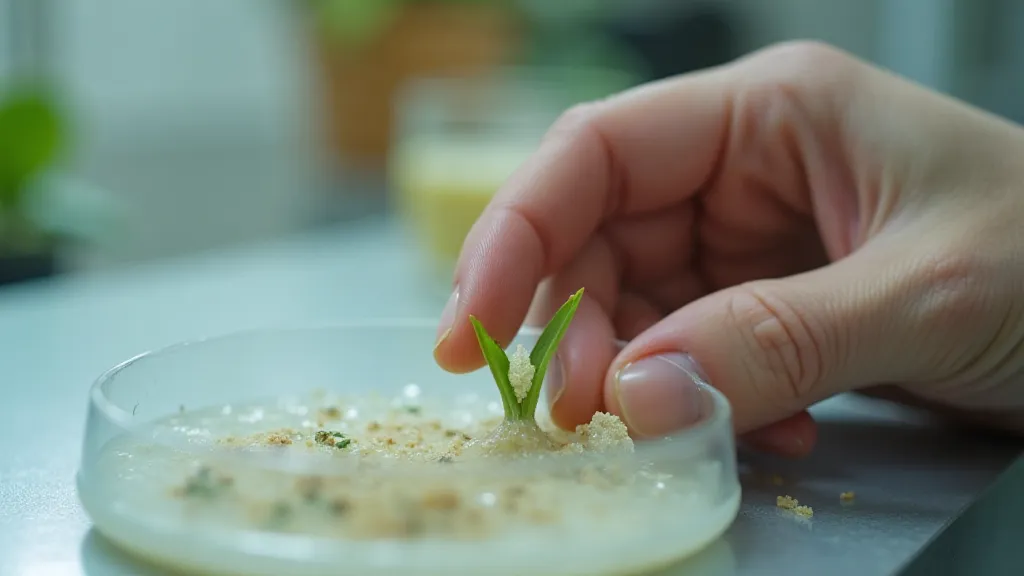
The Intuition of the Alchemist: Beyond Technique
While the technical aspects of orchid propagation are undeniably important, there’s an element that transcends mere technique – an intuition, a sensitivity to the plant’s needs. My grandfather used to say, "Listen to the orchids, child. They will tell you what they need.” It sounds mystical, perhaps, but there’s truth to it. Observing the plant's growth patterns, noting its response to different environmental conditions, recognizing the subtle signs of stress – these are all crucial to success.
Restoration projects often utilize propagation to rebuild decimated populations. Imagine the Ghost Orchid, Dendrophylax lindenii, clinging precariously to its swampy habitat in Florida. Propagating these orchids from fragments gathered from wild specimens is critical for its survival, but it's a delicate process, demanding not only horticultural skill but also a deep respect for the plant’s fragility and its place within the ecosystem.
The Ethics of Collecting: A Responsibility to Preserve
The allure of rare orchids can be powerful, and the market for these treasures can be lucrative. However, responsible collecting requires a commitment to sustainability. Propagating orchids from wild-collected specimens – when done legally and ethically – can help to reduce pressure on wild populations. However, it’s essential to source plants from reputable growers who prioritize conservation. Supporting nurseries that propagate rare orchids from seed or vegetative means is a crucial step in protecting these magnificent plants for future generations.
Ultimately, propagating rare orchids is more than just a horticultural pursuit; it's an act of preservation, a form of artistic creation. It's a way of connecting with the natural world on a deeply personal level, a silent dialogue with a plant that has persisted for millennia. It requires patience, dedication, and a willingness to learn from both successes and failures. It is, in essence, the alchemy of the gardener – transforming the potential within a single plant into a vibrant testament to the enduring power of life.
